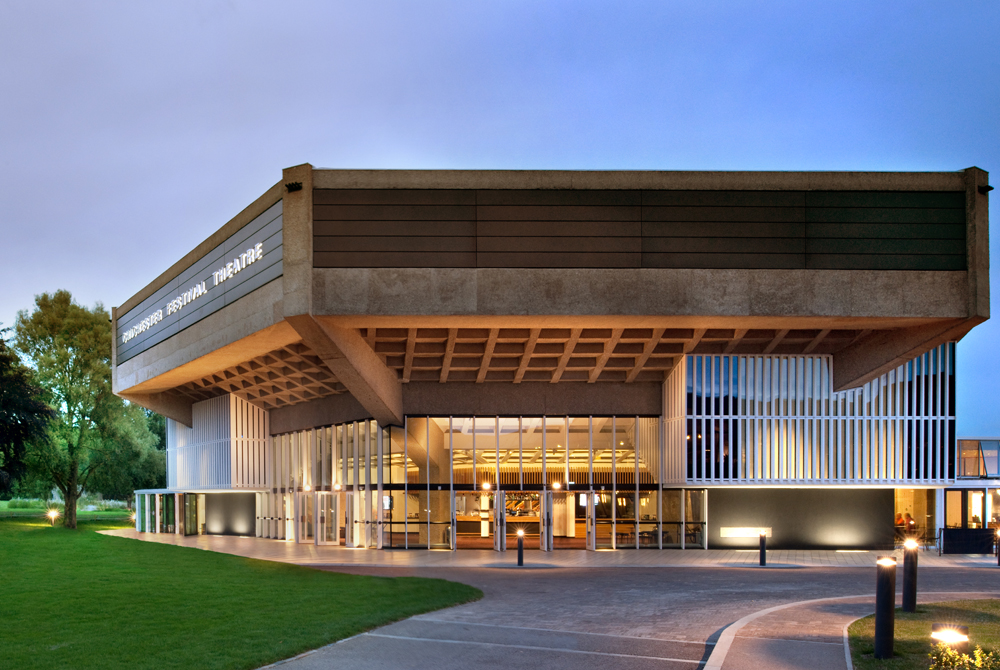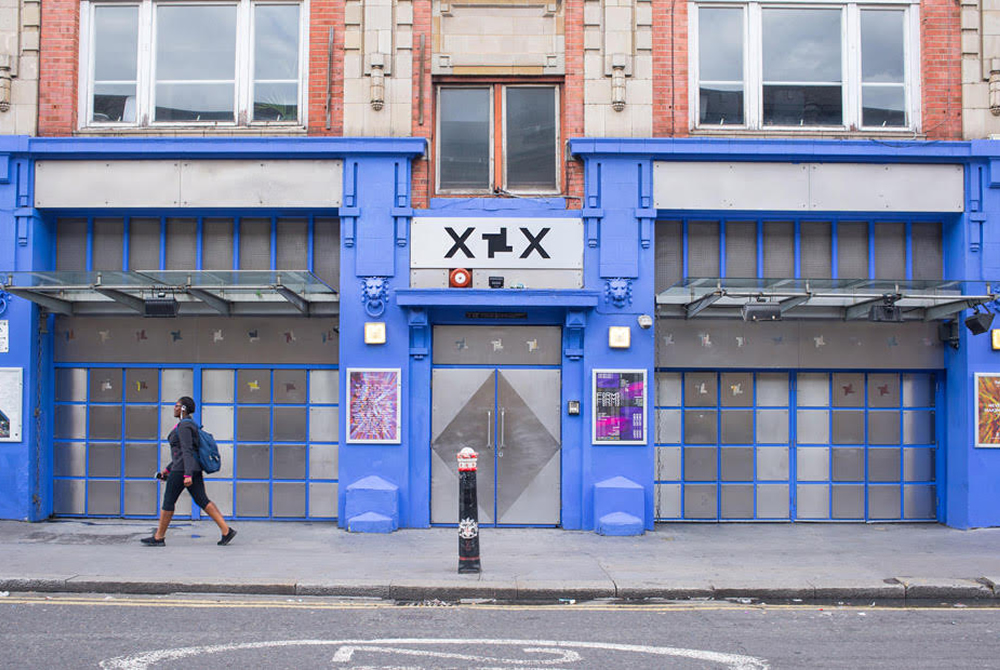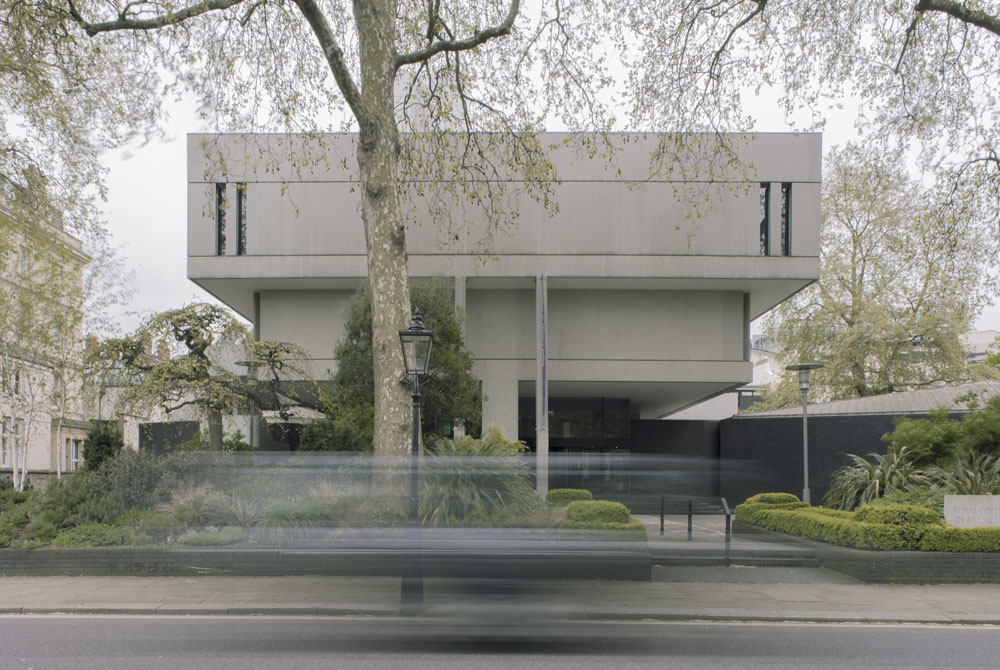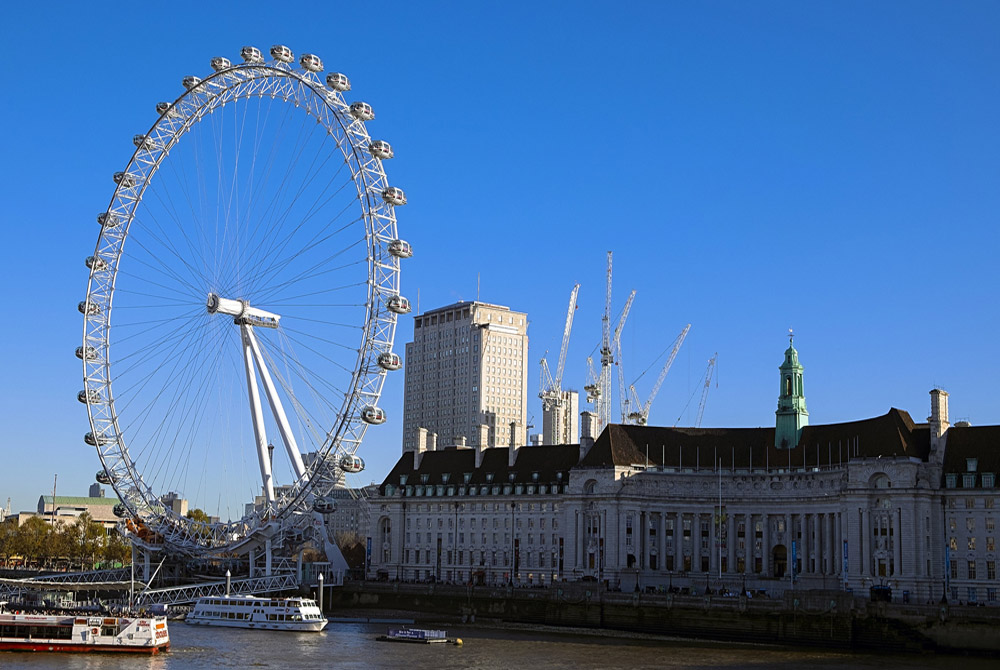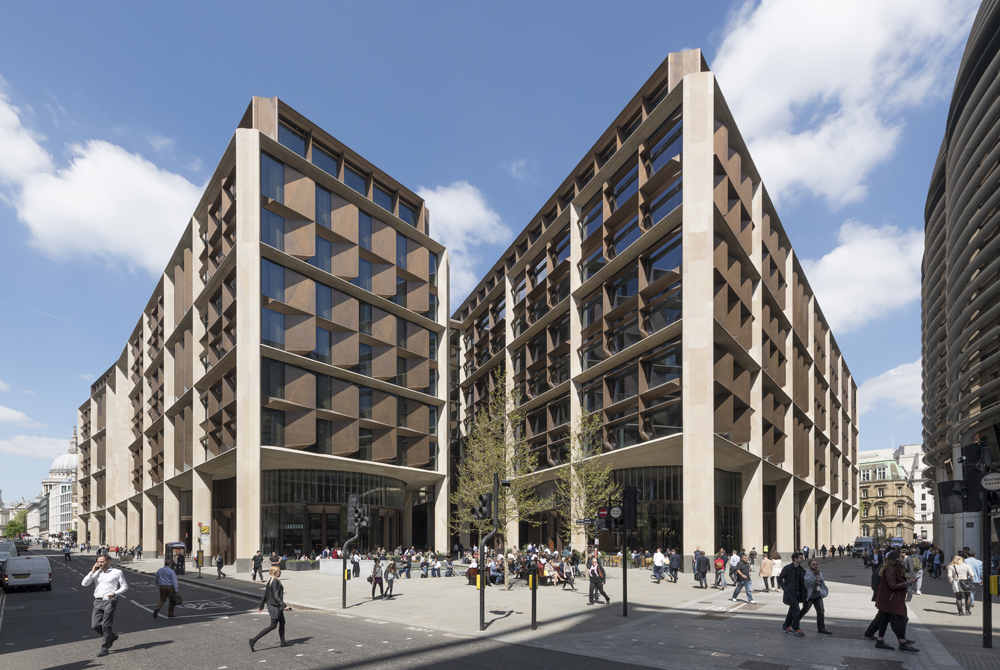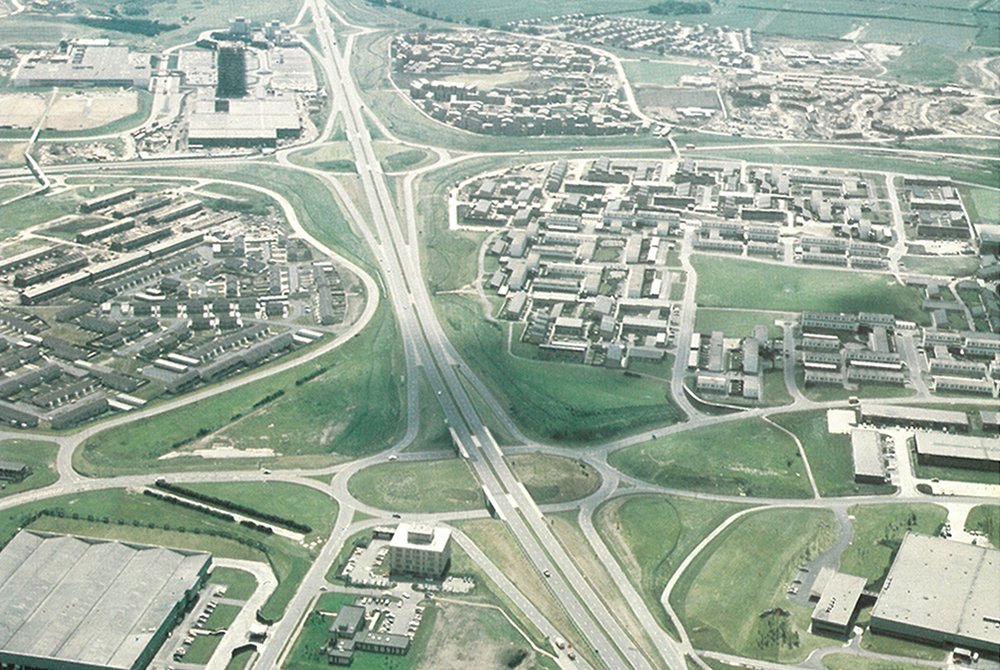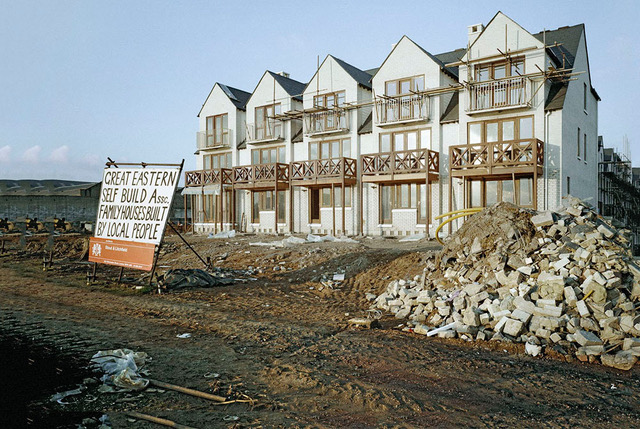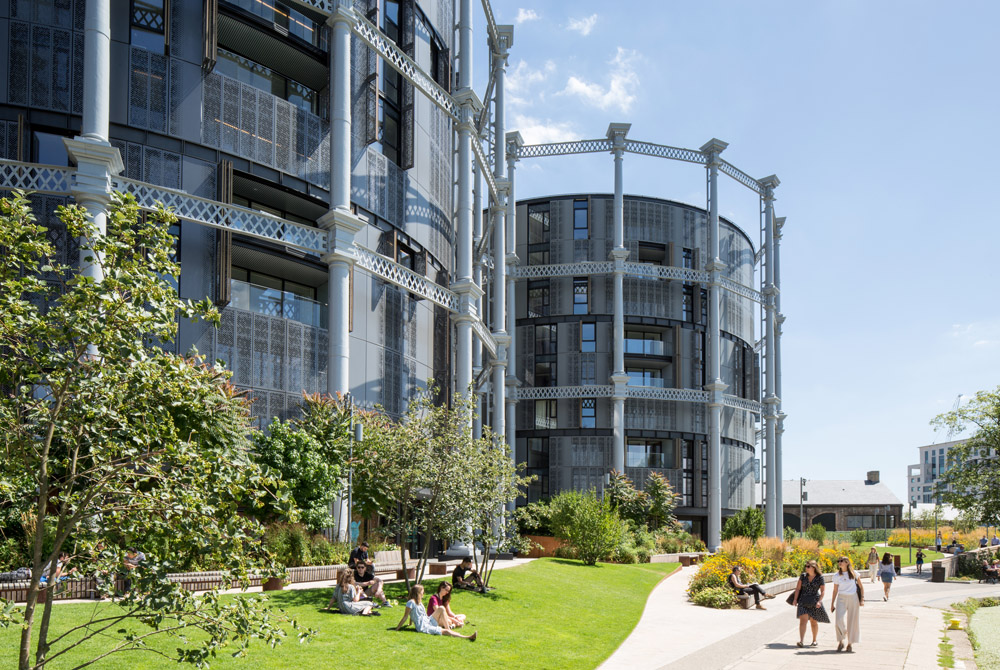“...it’s not often that London’s arterial roads offer such architectural conversation pieces. ”
It might have been one of those urban myths, but every time I head out of west London on the A40, with the Hoover Building to my right (it’s unlikely you’re ever actually going to veer off the road to visit it properly), I think about the story that some naïve tourist believed the beaming white and green Grade II listed ‘Fancy’ (note, not specifically Art Deco as it is generally ascribed to be) edifice to be none other than Buckingham Palace. Surely a cruel joke on the part of some cheeky taxi driver? Or maybe her Majesty would have been flattered.
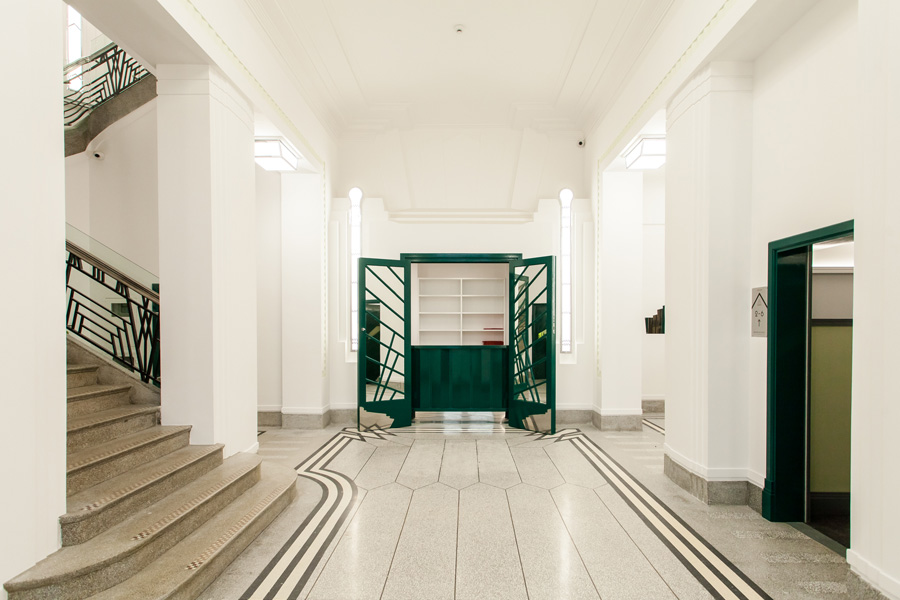 The Hoover Building ©IDM developments
The Hoover Building ©IDM developments
I recently passed it and, while it could do with a bit of a clean-up (it doesn’t help standing next to the petrol-fumed Western Avenue), it is always arresting – especially at dusk when it glows green like a bioluminescent insect; and surprising – it’s not often that London’s arterial roads offer such architectural conversation pieces.
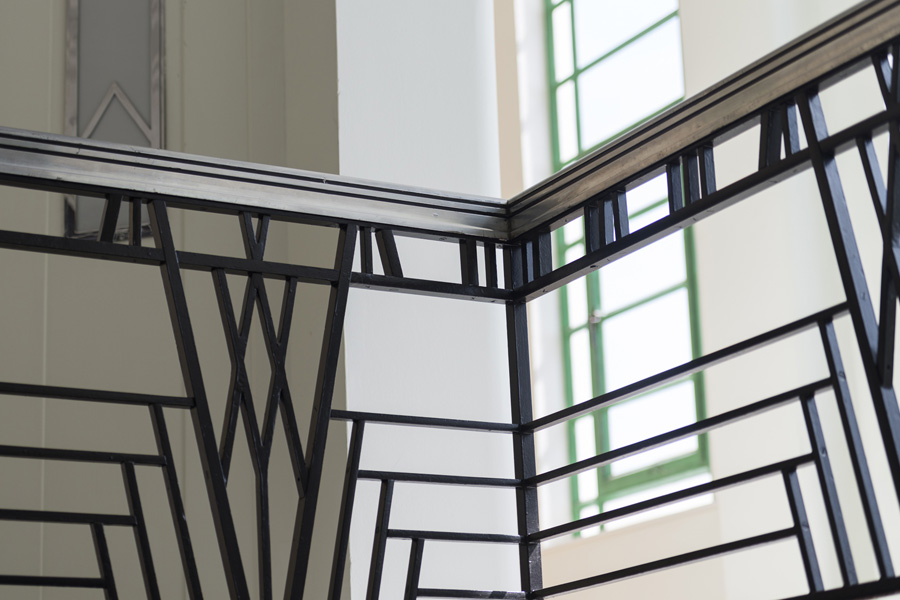 The Hoover Building ©IDM developments
The Hoover Building ©IDM developments
It was built for the American vacuum cleaning family in the 1930s, when hosts of wealthy transatlantic industrialists wanted to build eye-catching edifices to showcase their most modern products – the Silicon Valley companies of their day, some might say. The Hoovers stuck around for half a century or so before decamping up north to Scotland, whereupon a decade of decay and disrepair ensued. In 1989, supermarket behemoth Tesco took it on with the proviso from English Heritage that they would preserve and restore the iconic structure.
 The Hoover Building ©IDM developments
The Hoover Building ©IDM developments
And now? Well, it’s luxury flats… as with so many of original company headquarters (such as the BBC Television Centre in Wood Lane) proprietors require their pound of flesh and real estate is where it’s at.
 The Hoover Building ©IDM developments
The Hoover Building ©IDM developments


